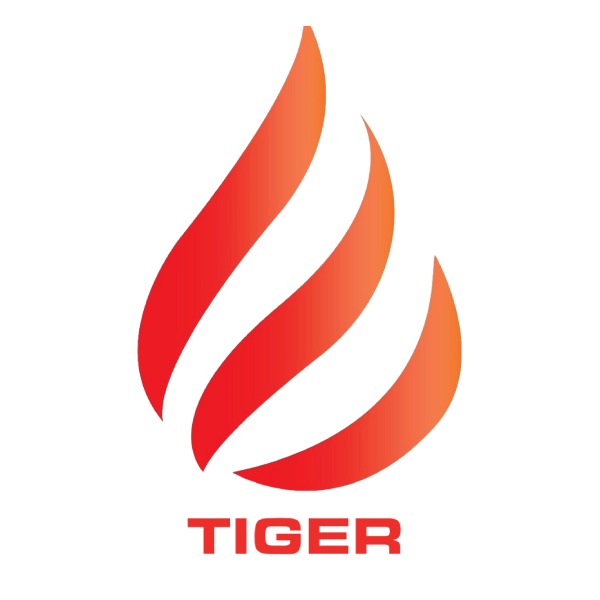Introduction
Fire emergencies can occur unexpectedly in homes, offices, warehouses, or industrial spaces. Knowing how to respond quickly and effectively can save lives and protect property. This step-by-step guide to using fire safety equipment during emergencies in UAE provides practical instructions for controlling fires safely and efficiently.
By following this guide, you will learn which equipment to use, how to operate it, and the precautions necessary to prevent injuries during a fire.
Understanding Fire Safety in the UAE
The UAE has strict regulations regarding fire safety to protect lives and property. Businesses and homeowners are required to comply with the UAE Fire and Life Safety Code of Practice, which mandates the installation and maintenance of fire safety equipment, including:
- Fire extinguishers
- Smoke and heat detectors
- Fire suppression systems
- Emergency lighting and signage
Compliance is essential not only for legal reasons but also to minimize risks during fire emergencies.
Step 1: Stay Calm and Alert Others
During a fire, the first step is to remain calm. Panicking can lead to poor decision-making and accidents.
- Immediately alert everyone in the vicinity using the nearest fire alarm or manually shouting to notify others.
- Call the emergency hotline (997 in UAE) to report the fire, providing details about the location and type of fire.
Remaining calm allows you to think clearly and act efficiently, increasing the chances of a safe outcome.
Step 2: Assess the Fire Risk
Before attempting to use any fire safety equipment, assess the size and type of the fire.
- Small fires: Can be contained using a fire extinguisher or fire blanket.
- Large fires: Do not attempt to fight the fire alone. Evacuate the area immediately and wait for professional firefighters.
Understanding the type of fire (electrical, chemical, kitchen, or combustible materials) is crucial for choosing the right equipment.
Step 3: Identify the Correct Fire Safety Equipment
Different types of fires require specific equipment:
| Fire Type | Recommended Equipment |
|---|---|
| Class A (wood, paper, cloth) | Water or foam extinguisher |
| Class B (flammable liquids) | Foam or dry chemical extinguisher |
| Class C (electrical fires) | CO2 or dry chemical extinguisher |
| Class D (flammable metals) | Specialized dry powder extinguisher |
| Class K (kitchen oils/fats) | Wet chemical extinguisher |
Tip: Always check that the fire extinguisher is fully charged and within its expiration date before use.
Step 4: Using a Fire Extinguisher – PASS Method
The most common equipment for small fire emergencies is a fire extinguisher. Use the PASS method for safe operation:
- P – Pull the pin: This unlocks the operating lever.
- A – Aim the nozzle: Point it at the base of the fire, not the flames.
- S – Squeeze the lever: Release the extinguishing agent.
- S – Sweep side to side: Cover the entire area of the fire until it is extinguished.
Safety Tip: Always keep a safe distance (around 2–3 meters) from the fire while using the extinguisher.
Step 5: Fire Blankets and Other Equipment
In some cases, a fire blanket is effective for smothering flames:
- Wrap the blanket around a person whose clothes are on fire.
- Cover small fires on surfaces or cooking areas to cut off oxygen.
Other equipment includes:
- Smoke detectors and alarms: Early alerts allow faster evacuation.
- Emergency lighting and signage: Guides people safely out of the building.
Fire doors and compartmentation: Contain fire and prevent its spread.
Step 6: Evacuate if Necessary
If the fire cannot be controlled quickly:
- Evacuate immediately using the nearest emergency exit.
- Avoid using elevators; use stairs instead.
- Follow evacuation signage and assemble at the designated safe area.
Important: Never re-enter a burning building until it is declared safe by authorities.
Step 7: Post-Emergency Actions
After the fire is extinguished or the area is safe:
- Report the incident to the relevant UAE authorities.
- Inspect equipment to ensure it is still functional and replace anything used or damaged.
- Review fire safety procedures with employees or family members to improve preparedness.
Regular maintenance and training are essential to ensure fire safety equipment remains reliable in future emergencies.
Fire Safety Tips for Commercial and Residential Spaces in UAE
- Install fire extinguishers on every floor and high-risk areas.
- Regularly inspect smoke detectors and fire alarms.
- Train staff and residents on evacuation procedures.
- Keep emergency exits clear of obstructions.
Ensure all fire safety equipment is certified and compliant with UAE regulations.
The Role of Fire Safety Suppliers
Partnering with certified fire safety suppliers ensures:
- High-quality, compliant equipment
- Professional installation and maintenance
- Staff training for proper equipment use
Tip: Only work with suppliers familiar with UAE fire safety standards to guarantee legal compliance and reliable protection.
Modern Fire Safety Solutions
With technological advancements, fire safety equipment is becoming smarter:
- IoT-enabled smoke detectors alert mobile devices instantly.
- Automated fire suppression systems integrate with building management for real-time response.
- Predictive maintenance tools track equipment performance and alert you before failure occurs.
These innovations increase safety, reduce response time, and help businesses stay compliant.
Conclusion
Knowing how to use fire safety equipment during emergencies in UAE can make the difference between a minor incident and a catastrophic fire. By staying calm, assessing the risk, using the correct equipment, and evacuating when necessary, you can protect lives and property effectively.
Investing in proper equipment, conducting regular maintenance, and training employees or household members ensures that your commercial or residential space is always prepared for emergencies. Modern solutions such as smart alarms and automated suppression systems further enhance safety and compliance.

